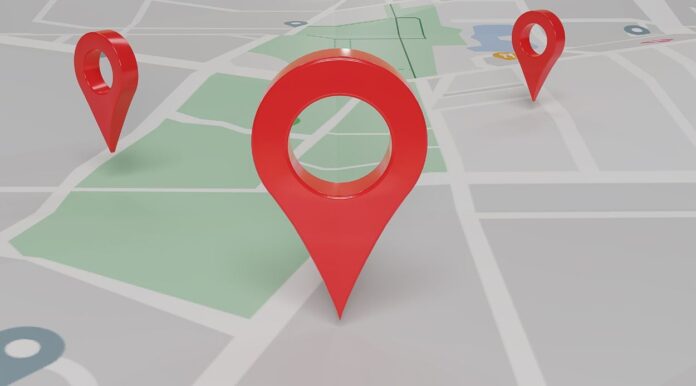Building a company location map starts with integrated mapping software. Mapping software allows businesses of all sizes to combine flexibility and control detailed location data. Frequently, databases and spreadsheets are difficult to navigate, interpret, and understand. Difficulties can prove frustrating overall, especially when facing hundreds or thousands of entries. If you’re a business owner wanting to map multiple locations, it will be virtually impossible without location mapping software.
What is Location Mapping Software?
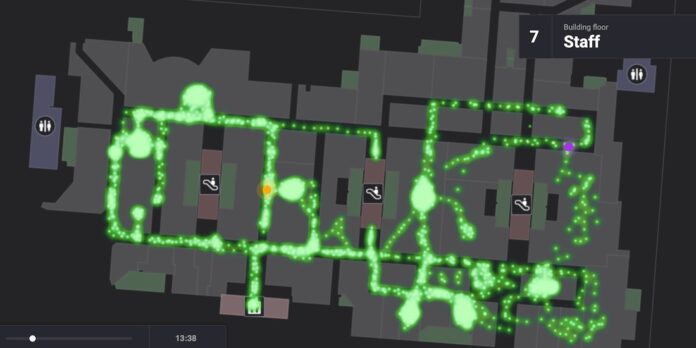
Location mapping software allows users to upload spreadsheets or a database with location-specific data (for example, addresses, postal codes, zip codes, or other coordinates. Once the user uploads the information, all locations are generated on the map. This map makes it easier for businesses and organizations to visualize the site to manage them better. It also helps a business manage, market, and monitor customers continually.
Location mapping allows companies to develop informative maps to determine unseen patterns, build new insights, and offer helpful information for crucial decision-making.
What Can Location Maps Be Used For?

There are several different uses available for location mapping software. Here are a few examples of how organizations might incorporate a location map into their core functioning.
- Helping visualize business locations and various branches within the company
- Building location intelligence by mapping out locations, suppliers, competing companies, and other valuable metrics
- Building a map for sales territory generation and optimization, particularly for customers or leads within the area
- Developing routes for delivery drivers, service providers, and salespeople.
- Calculating all commute times for your employees to help with office site selections
- Planning the travel routes when helping clients or building business trips
Creating a Location Pin Map
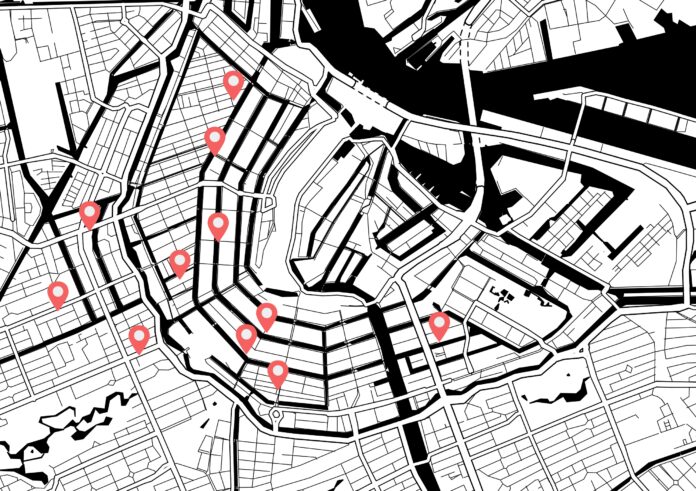
When a business wants to create a custom map for its dataset, it must use third-party software. A personalized pin map can help identify different hot spots within the data, allowing a comparative analysis of maps within specific time frames. Users can recognize landmarks and suppliers, especially as it relates to the pins. Additionally, owners can evaluate weaknesses within the business, identify competitors within an area, and more.
Mapping software helps businesses create beautiful maps within minutes without needing to hire a developer. Creating these maps shouldn’t take extensive experience or knowledge. You’ll want to produce results quickly and efficiently.
How to Create Your Map
Register for mapping software. Look for a free trial to help you get a feel for the program. You want to use a program that offers the needed features without pushing products you don’t. When you have the software, log into the application, and select the new map function from the home screen. Title the map appropriately. Upload or copy the location data into the software. The upload can occur directly from most programs, especially using the drag-and-drop functionality.
Choose the data headers you want to map and select the done or generate map button. The data should automatically be generated on the map, including all additional columns in the spreadsheet.
Benefits of Using Mapping Software to Generate Your Maps
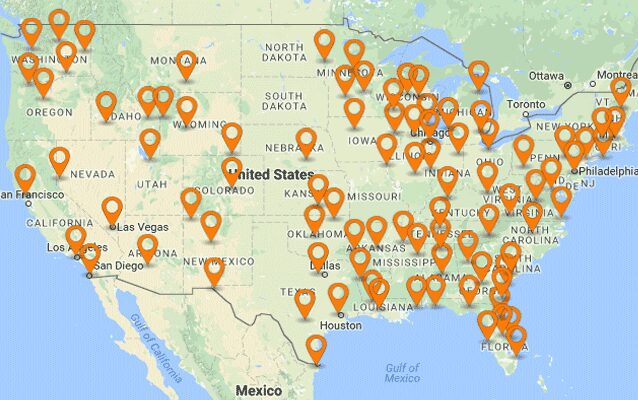
Group or Filter the Location Data
Look for software that allows filtering or grouping options within the software. This option will enable users to filter, segment, or similar group data, based on your guidelines. For instance, users can group all customer locations by the sales representative’s name to view where the territory overlaps.
Radius Map Tool
Enter an address into the mapping software and build a customized radius for your consumer data. Individuals can implement a proximity analysis, determine how far points are from each other or incorporate a multiple-radius functionality.
Global Mapping Option
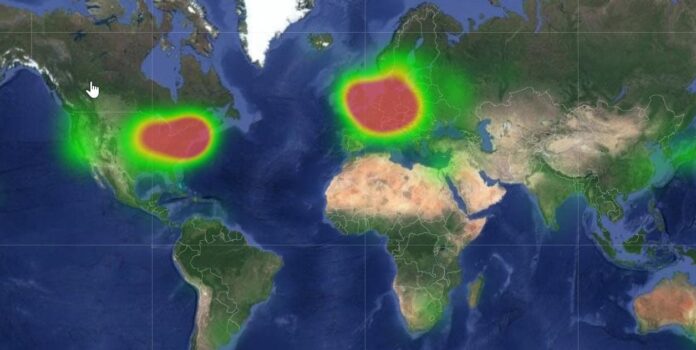
While you may offer local deliveries at this time, find mapping software that grows with your business. Software that integrates other countries can help business owners take their company or product to the next level. Alternatively, find a program that offers US demographics or census data to elevate your current information on file. Demographic data includes data on income, race, education, and more.
Drive Time Polygon Tool
Combining the mapping software with real-time information like route optimization functionality allows drivers more options to get to customers. The drivetime polygon integrates with Google Maps, offering full navigation through proximity. Users can generate a polygon using the points within specific amounts of time, maximizing productivity overall.
Fully Customizable Maps
If you’re looking to upload markers, consider using a program that allows complete customization. Users can change the map’s appearance, including labels, water, landmarks, etc. This option adds a level of personalization to your maps that match your brand instead of remaining generic.
Tips for a successful company location map
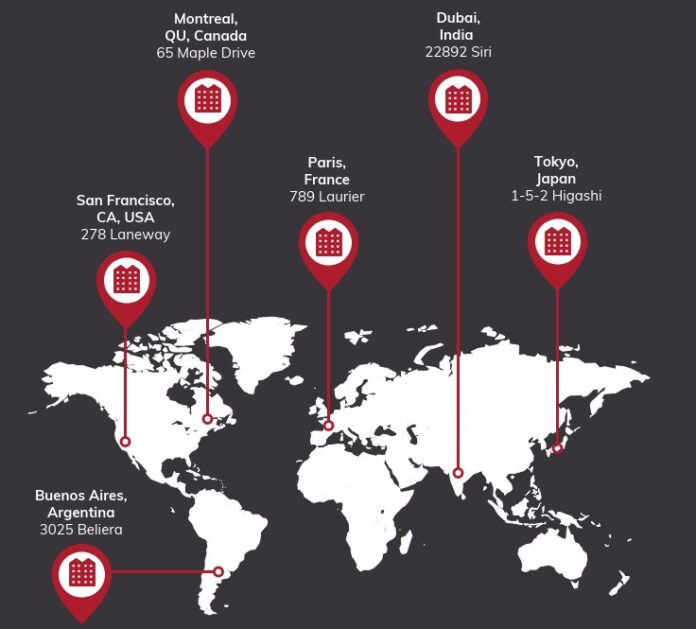
- Define Your Company’s Mission and Goals. Assemble a team of experts to help formulate your business goals. Determine which areas of the country or world offer the best potential for growth based on these objectives.
Many companies start out in one area but expand rapidly to other areas over time due to customer demand or strategic partnerships. A location map should reflect this expansion by displaying current and future corporate locations in close proximity to one another on the map.
- Consider Your Team’s Needs Before Creating Locations. Establish who will be responsible for each section of the mapping process—from research to data entry to final approval/disapproval of locations—and assign those tasks accordingly. This way, everyone on your team has an understanding of how their work contributes to the overall success of the project.
- Take into Account Geographic Limitations and Environmental Factors When Deciding Locations for Your Team Members and Facilities. For example, if you have a manufacturing operation in the Midwest, consider locating your office in a nearby Midwestern city. Conversely, if you have a customer service team located throughout the United States, it might make sense to locate your administrative offices near the customer service centers.
- Maintain an Up-to-Date Map. Regularly update your location map as new locations are acquired or abandoned, team members are hired and fired, and facilities are upgraded or replaced. This will help ensure that team members always have access to the latest information about company operations.
- Plan for Major Upgrades and Changes. It’s always a good idea to plan for potential changes that may affect your team’s work environment—such as a new building or relocation of company headquarters. Have a contingency plan in place in case of any major disruptions.
When starting a company, location is one of the most important factors to consider. Not only will it help you attract talented employees, but it can also be a major factor in your success.
